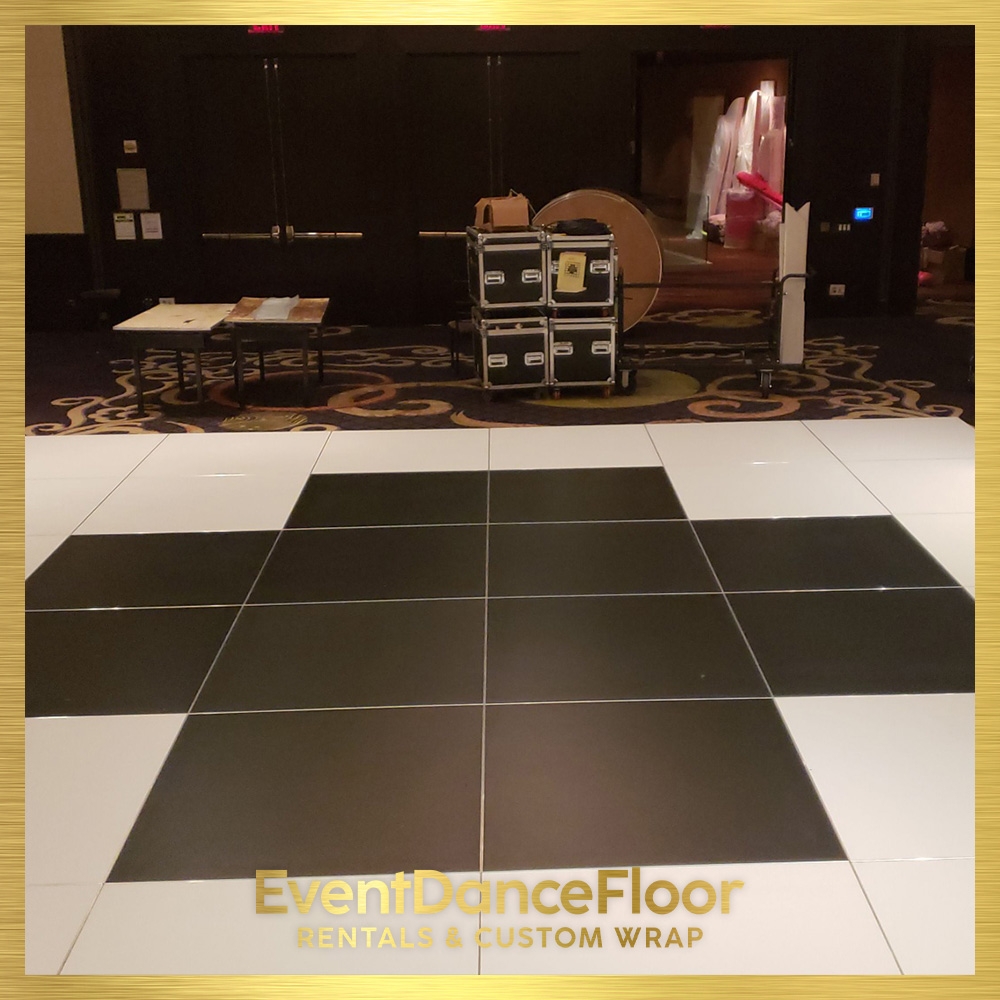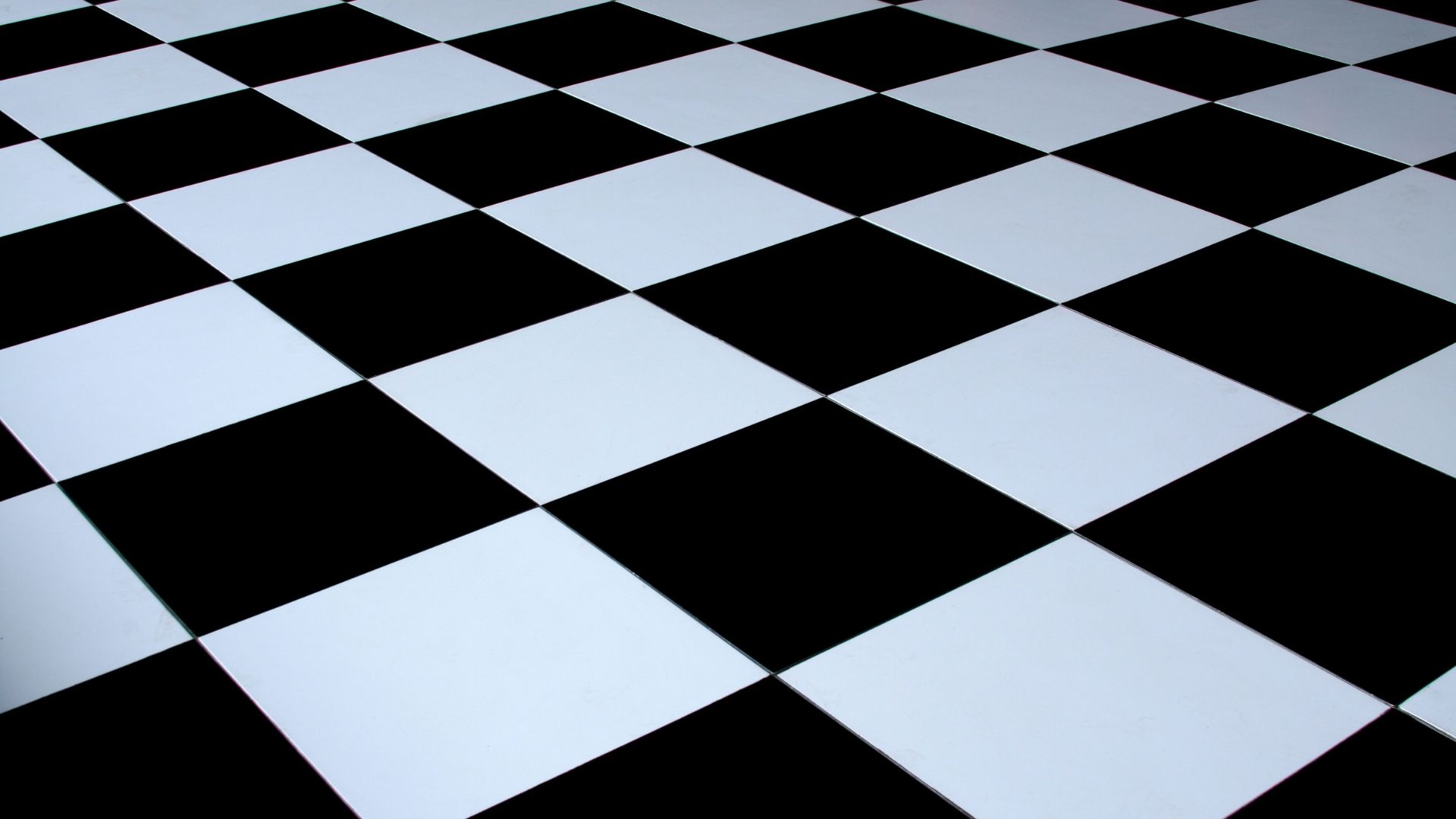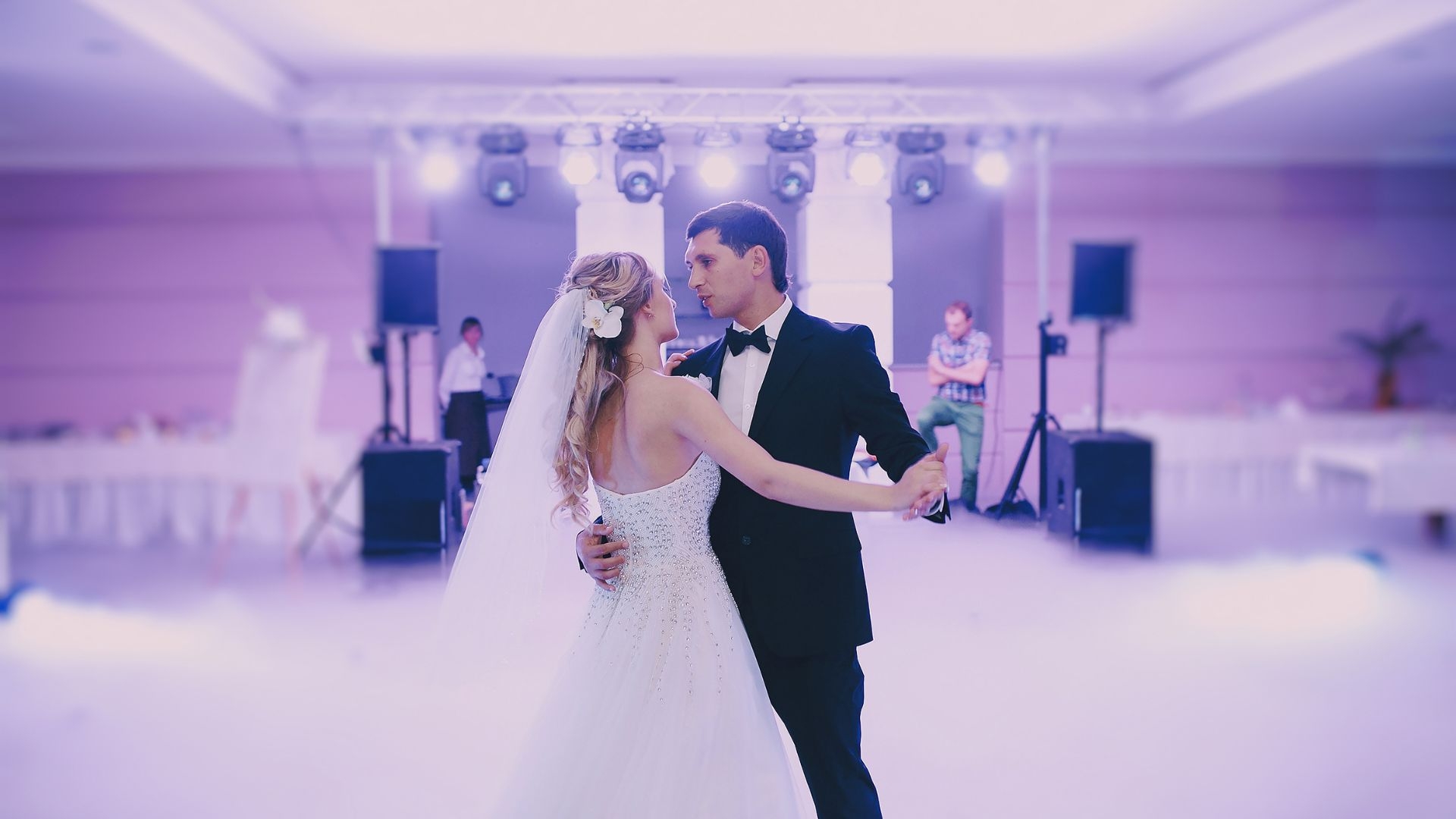Practice Dance Squares
How can dancers improve their footwork in dance squares?
Dancers can improve their footwork in dance squares by focusing on precision, agility, and coordination. Practicing specific steps such as heel-toe movements, pivots, and slides can help dancers enhance their footwork skills. Additionally, working on balance and weight distribution is crucial for executing intricate footwork patterns with ease and grace.





